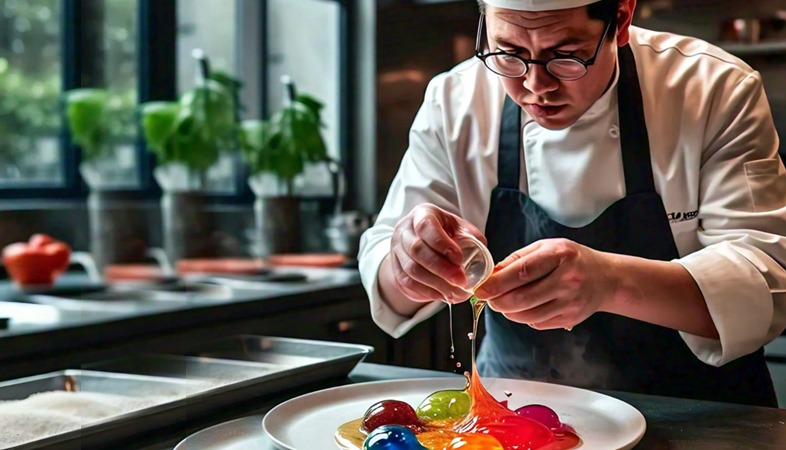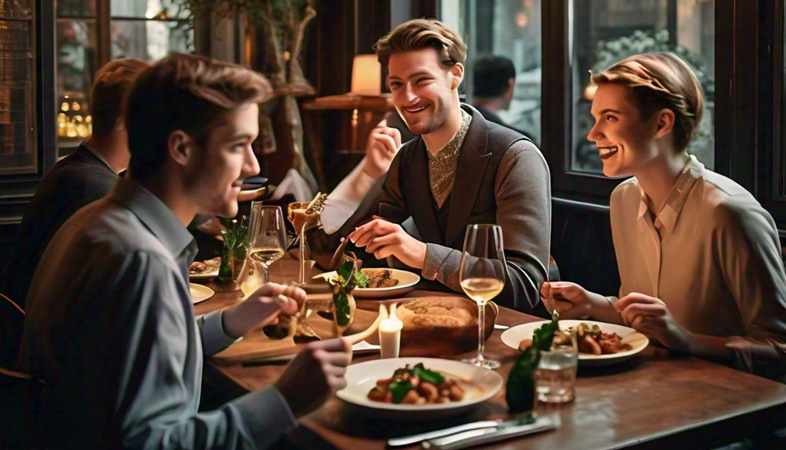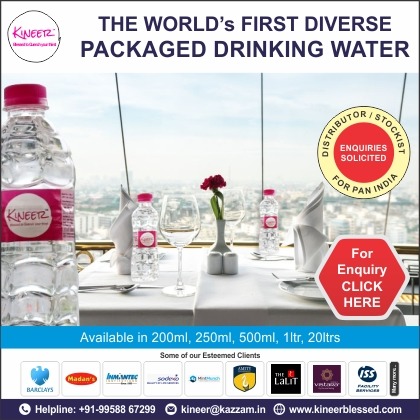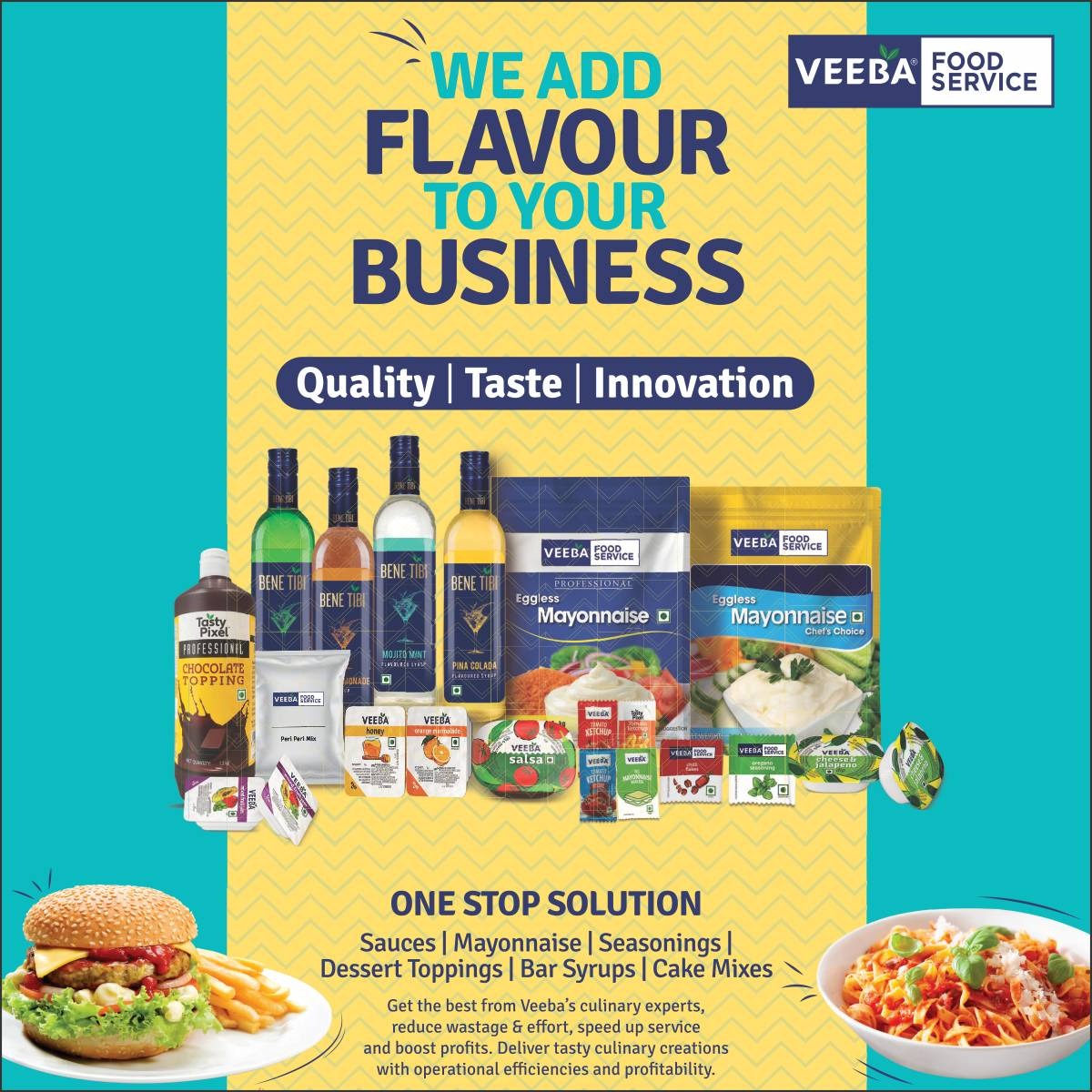The Future of Drive-In Dining: Reinventing a Nostalgic Experience for Modern Times
The future of drive-in dining is a blend of nostalgia and modernity, reinventing a classic experience to meet contemporary demands.
Drive-in dining, once a quintessential part of
mid-20th-century American culture, is experiencing a revival as it adapts to
contemporary tastes and technological advancements. Originally popularized in
the 1950s and 60s, drive-ins offered a blend of convenience and entertainment,
allowing patrons to enjoy meals from the comfort of their cars while listening
to jukeboxes and watching movies. As nostalgia for this classic dining
experience intersects with modern trends and innovations, drive-in dining is
being reinvented to appeal to today’s consumers, blending the charm of the past
with the demands of the present.
One of the primary factors driving the resurgence of drive-in dining is the shift towards convenience and safety, accelerated by recent global events. The appeal of enjoying a meal from the comfort of one's vehicle aligns with growing consumer preferences for contactless and hassle-free dining options. Modern drive-ins are capitalizing on this trend by offering enhanced drive-through experiences, where technology streamlines ordering and payment processes. Digital menus, mobile apps, and contactless payment systems are becoming standard, making it easier for customers to place orders and enjoy their meals without leaving their cars.
The reimagining of drive-in dining also involves a significant update to the menu offerings. Traditional drive-in fare, such as burgers and fries, is being elevated with gourmet and health-conscious options. Modern drive-ins are incorporating a range of culinary influences, from international street food to plant-based and organic choices. This evolution caters to diverse dietary preferences and reflects a broader trend towards healthier and more sophisticated dining experiences. As a result, drive-in menus are becoming more diverse and reflective of contemporary food trends.
In addition to updating the menu, drive-ins are embracing innovative design and technology to enhance the overall dining experience. Retro-inspired aesthetics are being combined with contemporary amenities to create a nostalgic yet modern ambiance. Outdoor dining areas with comfortable seating, stylish lighting, and high-quality sound systems are replacing the traditional car-hop service. Some drive-ins are even integrating interactive elements, such as large-screen displays for entertainment or virtual reality experiences, adding a new layer of engagement for diners.
The integration of technology goes beyond the ordering process and ambiance. Advanced kitchen equipment and automation are being used to improve efficiency and consistency in food preparation. For instance, automated cooking and food delivery systems help streamline operations and ensure that orders are prepared quickly and accurately. This focus on efficiency not only enhances the customer experience but also addresses challenges related to staffing and operational costs.
Sustainability is another important aspect of the future of drive-in dining. Modern drive-ins are incorporating eco-friendly practices, such as using biodegradable packaging, reducing food waste, and sourcing ingredients from local and sustainable suppliers. This commitment to environmental responsibility resonates with today’s environmentally conscious consumers and adds to the appeal of drive-in dining as a modern and responsible choice.
The community aspect of drive-in dining is also being revitalized. Many modern drive-ins are creating spaces for social interaction and local events, fostering a sense of community and connection. From hosting live music performances and car shows to organizing charity events and family-friendly activities, these venues are becoming more than just places to eat—they are evolving into vibrant social hubs where people can gather and connect.
In addition to these innovations, drive-in dining is also adapting to new consumer behaviors and preferences. The rise of remote work and flexible schedules has led to an increased demand for convenient dining options throughout the day. Drive-ins are capitalizing on this trend by extending their hours of operation and offering diverse menu options for breakfast, lunch, and dinner. This flexibility caters to a range of schedules and lifestyles, making drive-in dining a versatile and appealing choice.
The future of drive-in dining is a blend of nostalgia and modernity, reinventing a classic experience to meet contemporary demands. By embracing technology, elevating menu offerings, and incorporating sustainable practices, drive-ins are successfully adapting to the preferences and needs of today’s consumers. As drive-in dining continues to evolve, it promises to offer a unique and engaging dining experience that combines the charm of the past with the innovations of the present, making it a compelling option for a wide range of diners.
.png)


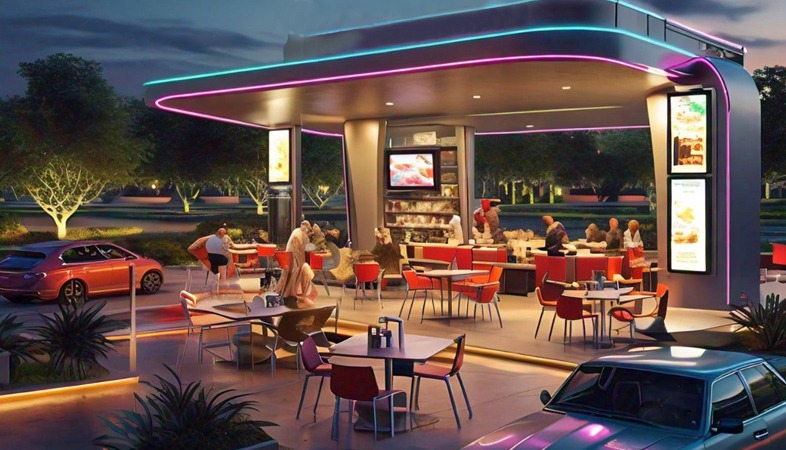
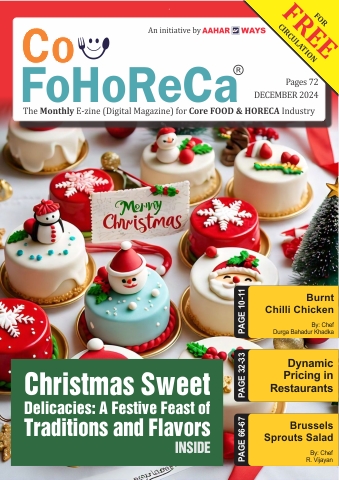








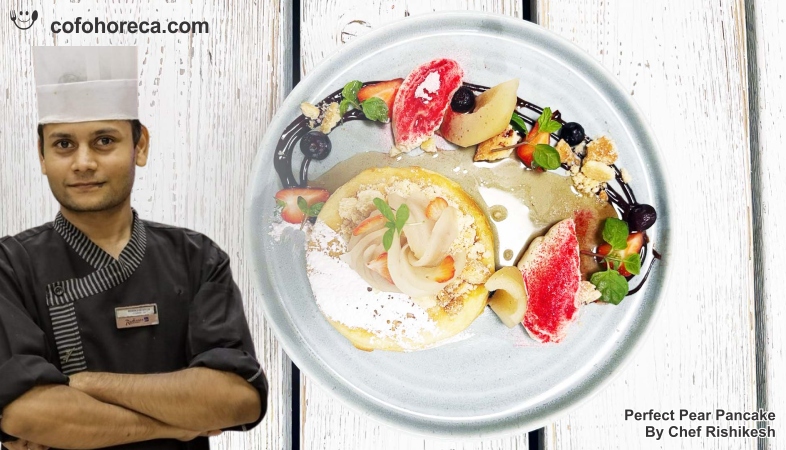
.jpg)




